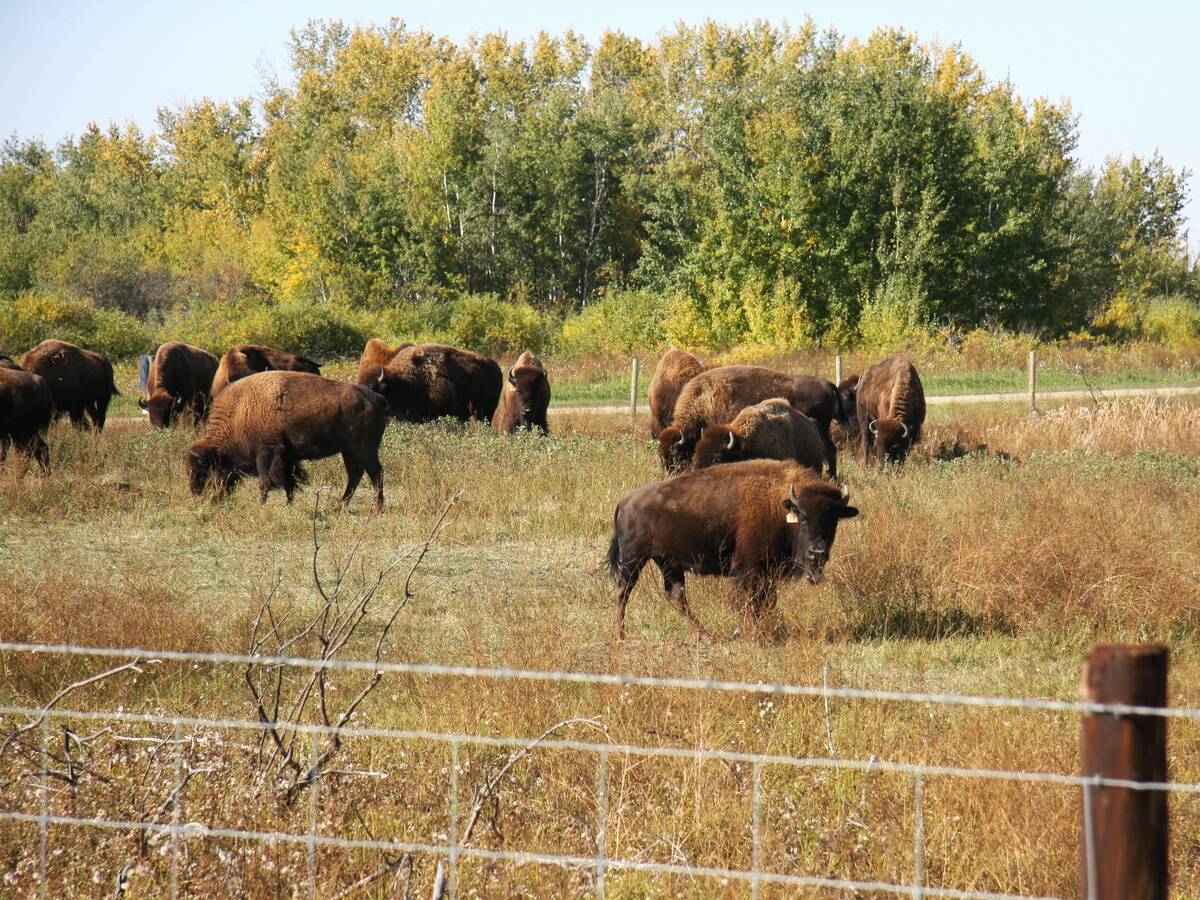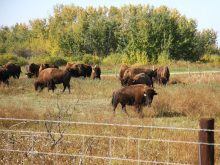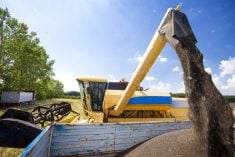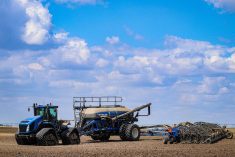By Christine Stebbins
CHICAGO, Oct 24 (Reuters) – The red-hot U.S. farm land market is cooling with prices for prime acreage steady to lower so far this autumn but holding up better than expected with grain prices near four-year lows, farm managers and auctioneers said on Friday.
“It’s getting softer but there’s no panic in the streets. The market is taking a breather,” said Jim Farrell, head of Omaha, Nebraska-based Farmers National, the largest U.S. farm management company.
The annual season for farmland sales and rent negotiations is in the spotlight for the next four months with farmers, bankers and farm managers nervously waiting to see if the consensus for a soft landing in prices holds. Land acts as the main collateral for farm loans and farmer spending.
Read Also

National Day for Truth and Reconciliation: Acknowledging the past, seeking a better future
How can the treaty rights of Indigenous peoples be honoured in a way that gives them a proper seat at the table when it comes to farming in Canada?
“The high-quality farm land is maintaining its value and we’re seeing a little bit of retracement in the lower-quality land. There hasn’t been a high number of transactions,” said Randal Fransen, incoming president of the Illinois Society of Professional Farm Managers and Rural Appraisers.
The lack of any substantial amounts of land for sale so far is likely explained by most Corn Belt farmers being busy with harvest. But amounts offered will be watched carefully as more auctions get under way.
“There still isn’t much land on the market,” said Randy Hertz, head of Hertz Farm Management in Nevada, Iowa.
With benchmark corn prices down 40 percent from their record highs in 2013, the drop in land returns has fed fears of a crash in land values. In some locations, prime corn land producing 200 bushels an acre has sold for five to 10 percent below last year’s record highs while less fertile land has gone for as much as 20 percent lower, auctioneers said.
But the peculiarities of the farm land market have helped prop up demand. Low interest rates have cut farmer returns from the bond market but also made borrowing to buy land easier. But wild card factors for farmers include who your neighbors are, what they farm, their children and your own.
“We’ve certainly seen the high-quality, highly sought-after farms have not dropped much,” Hertz said.
Hertz cited a sale of 80 acres in southeastern Iowa just last month.
“This 80 was right across the road from a hog production unit and the farmer really wanted it,” Hertz said. “A great farm, high quality; a good, rectangle shape. He had a neighbor who pushed him and it sold for $14,500 an acre,” he said.
Land owners are also seen less likely to sharply cut rents than work out more flexible contracts.
“On most of our leases if there is any negotiation we’re talking with the operator to put a variable component in the place which would allow us to be paid more rent if the market turns around,” Farrell said. “If we agree to a discount on a lease, we’re asking for a variable rate component.”
















